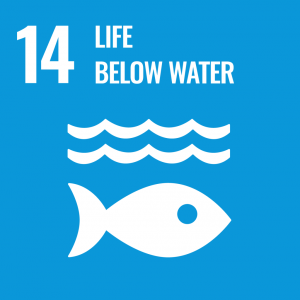“The two SDGs that look at the broader ecosystem divide it into Life Below Water, and Life on Land. The oceans, and the rivers and watersheds that link to them, are the largest part of our ecosystem. 40% of the world’s population lives within 100km of the coast, and we all rely – directly or indirectly – on the sea.”
–
–
–
–
–
FEB UI has an action plan to reduce plastic waste on campus by campaigning for the use of tumblers and providing access to drink in every corner of the campus.
–
–
–
–
–
–

